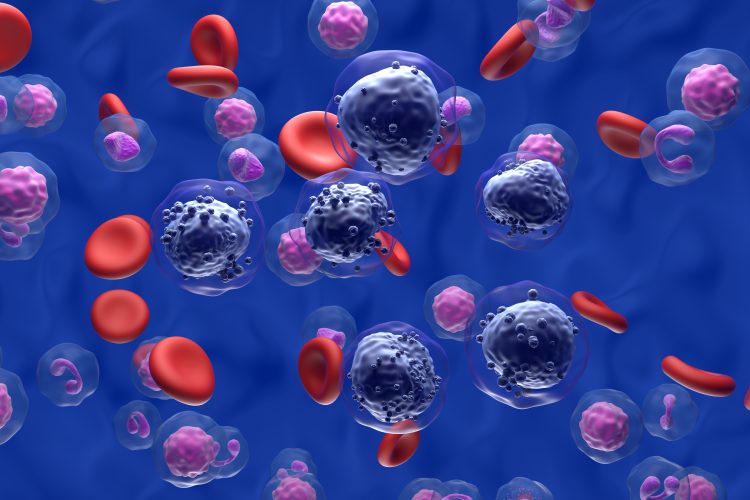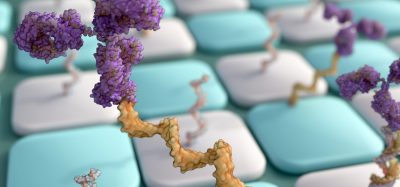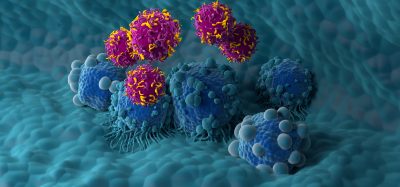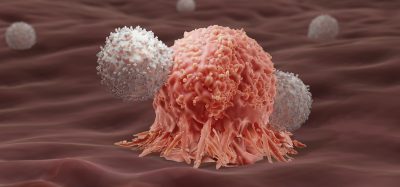Mouse model study uncovers promising drug target for AML treatment
Posted: 7 April 2025 | Drug Target Review | No comments yet
Scientists at UT Health San Antonio have identified PSPC1 in mouse models as a promising new drug target for acute myeloid leukaemia (AML), a deadly blood cancer with limited treatment options.


Acute Myeloid Leukaemia (AML) is a fast-growing and aggressive cancer of the bone marrow and blood. It occurs when immature white blood cells (myeloid cells) multiply uncontrollably, crowding out healthy blood cells. This leads to anaemia, infections, and bleeding disorders.
A team of scientists from The University of Texas Health Science Center at San Antonio (UT Health San Antonio) have made a significant breakthrough in the fight against acute myeloid leukaemia (AML). Their research, recently published in Cell Stem Cell, identifies a promising new drug target: a protein known as paraspeckle component 1 (PSPC1). This discovery could pave the way for more effective treatments for AML, a deadly blood cancer with a five-year survival rate of only 30 percent, according to the National Cancer Institute.
The challenge of treating AML
AML is an aggressive form of blood cancer that originates in the bone marrow and disrupts the normal production of blood cells. Treating AML is particularly challenging because patients often do not respond to chemotherapy or experience a relapse. With over 70 known driver mutations, AML presents a complex landscape for treatment.
“AML is highly diverse, with more than 70 known driver mutations,” said Dr Mingjiang Xu, professor of molecular medicine at the Joe R. and Teresa Lozano Long School of Medicine and CTRC Council Distinguished Chair in Oncology at UT Health San Antonio’s Mays Cancer Center. “Even targeted therapies like IDH inhibitors can only treat a small subset of AML patients. Given this diversity, we need a uniform, one-for-all drug target to effectively treat AML.”
AML is highly diverse, with more than 70 known driver mutations
Dr Xu, one of the study’s primary investigators, collaborated with co-primary investigators Dr Feng-Chun Yang, a tenured professor at UT Health San Antonio, and Dr Jianlong Wang from Columbia University Irving Medical Center.
PSPC1 as a potential game changer
Their study highlights the crucial role of PSPC1 in AML progression. In mouse models, depleting PSPC1 significantly delayed the disease and improved survival rates. Notably, removing PSPC1 inhibited cancer cell growth while leaving normal blood cell formation intact. This suggests that PSPC1 could be a viable and safe target for new AML treatments.
PSPC1 has also been found in 21 different cancer cell lines, primarily in solid tumours. It appears to play a role in worsening or advancing various cancers, suggesting that targeting PSPC1 could have implications beyond AML. Researchers are now exploring ways to selectively inhibit PSPC1 in cancer cells while preserving its function in normal cells, potentially leading to a targeted treatment with far fewer side effects.
The future of cancer treatment
Xu and his team are now focused on developing drugs that can effectively inhibit PSPC1. If successful, these treatments could not only revolutionise AML therapy, but also impact other cancers such as lung and prostate cancer by preventing metastasis. This research offers new hope for cancer patients and represents a significant step forwards in oncology.
As scientists continue to explore PSPC1-targeting therapies, this discovery highlights the importance of innovative approaches in the battle against cancer. With further development, targeting PSPC1 could become a powerful strategy for treating AML and other malignancies, improving survival rates and quality of life for patients across the world.
Related topics
Cancer research, Drug Discovery, Drug Targets, Molecular Targets, Oncology
Related conditions
acute myeloid leukaemia (AML)
Related organisations
Columbia University Irving Medical Center, National Cancer Institute, The University of Texas Health Science Center at San Antonio (UT Health San Antonio), UT Health San Antonio’s Mays Cancer Center
Related people
Dr Feng-Chun Yang, Dr Jianlong Wang, Dr Mingjiang Xu








